Lighting Meets The Internet Of Things - Most Effective In Large, Single-tenant Facilities
LEDs have opened the door to a new world of control in lighting and building automation. Not so long ago LED lighting was big news in commercial-lighting applications. LEDs are still a big thing, but more importantly they’ve ushered in a whole new array of control options along with the Internet of Things (IoT).
Author:George EvansOct 12, 202210.1K Shares678.1K Views
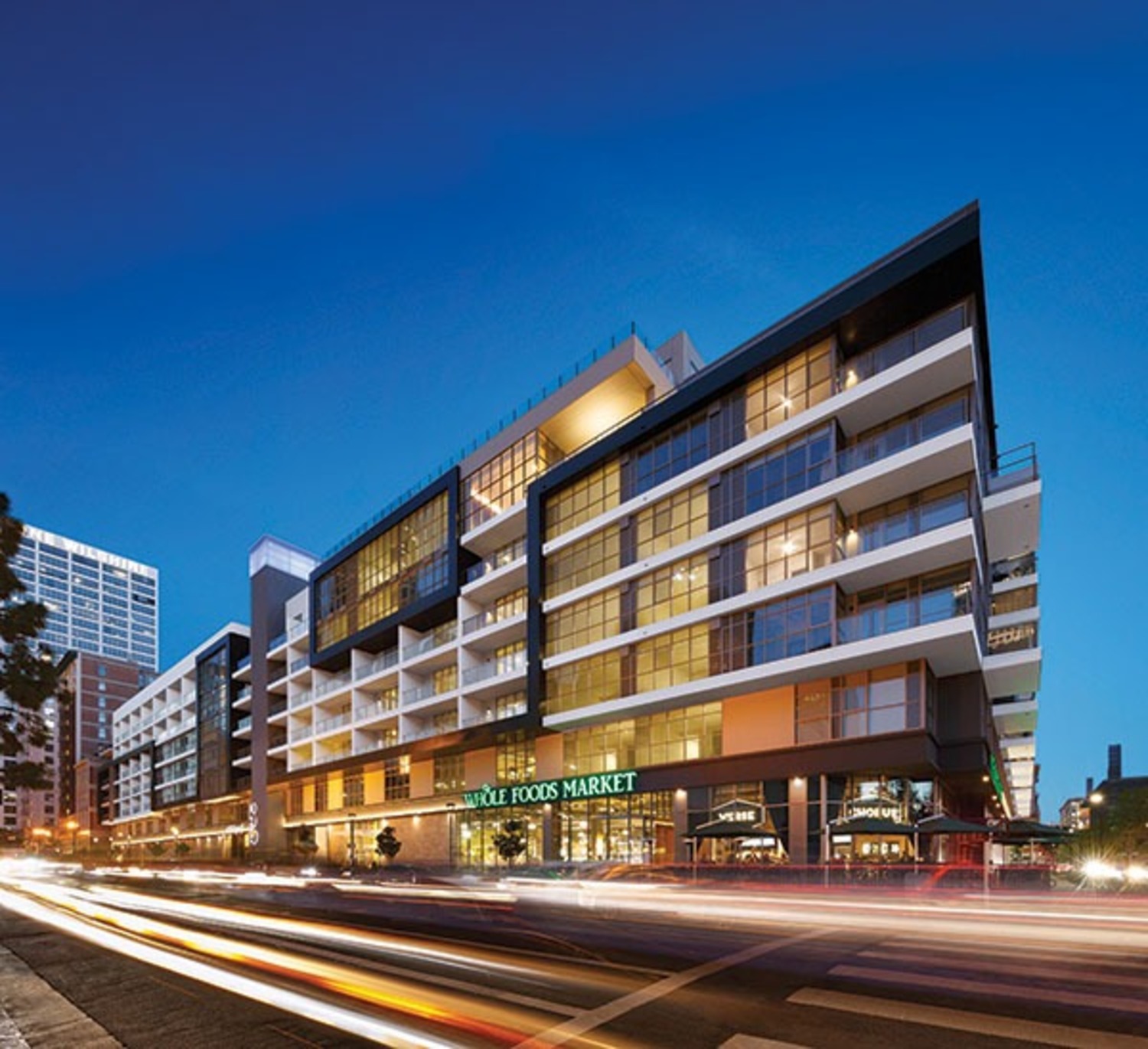
LEDs have opened the door to a new world of control in lighting and building automation. Not so long ago LED lighting was big newsin commercial-lighting applications. LEDs are still a big thing, but more importantly they’ve ushered in a whole new array of control options along with the Internet of Things (IoT).
Lighting and building-automation controls, generally thought of as most effective in large, single-tenant facilities, have applications in smaller, mixed-use tenant spaces as well. Many newer systems don’t have the high overhead requirements of older automation systems and are more affordable and easier to install. Wireless systems, in particular, are suited for smaller applications.
“The value of digital sensing and control varies for each segment and space type, and we are seeing creative application of intelligent systems across all types of buildings. The IoT opportunities are extensive, and we expect to see widespread adoption across all segments,” stated Carol Jones, senior director of lighting relations, Enlighted, Sunnyvale, CA.
Asked if intelligent lighting is suited to smaller spaces in mixed-use facilities, Gary Trott, vice president of marketing for intelligent lighting, Cree Inc., Durham, NC, replied, “Absolutely. Some intelligent lighting platforms have what I’ll call a really high overhead of infrastructure that has to be pulled in, but systems like ours can scale from the small spaces up to the big ones. The key is that there is not a lot of technology overhead that exists outside the lights, and that’s the kind of intelligence platform that works in the smaller spaces.”
In all cases, lighting controls help save a substantial amount of energy. For commercial retail and office spaces, lighting controls and automation help meet energy-code requirements and sustainability efforts,” according to Ryan Smillie, product marketing manager, building control systems, Legrand, West Hartford, CT.
“In retail, controls and automation can help create the perfect ambiance and scenes. Newer IoT technologies are enabling the retailer to connect to the customer in-store in never before thought of ways using LiFi [faster WiFi] and RFID, for example,” he added.
Jian Ni, chief operating officer, Forest Lighting, Marietta, GA, agreed that lighting-control applications are suitable for all types of mixed-use scenarios. “In retail applications, a control system would allow changes in overhead and accent lighting in both light levels and color as store display and merchandise locations and types change with the seasons and holidays,” he said.
“In office applications, a control system would allow optimum combinations of natural and artificial light as time moves from morning thru mid-day and into late afternoon. It could also permit individual control of lighting in an employee’s space,” he continued.
“In residential applications in mix-usage buildings, dimming of light levels in common areas when they are unoccupied could result in major savings in energy and utility expense. In individual units, light levels and light colors in each room could be tuned to the preference of the occupant,” Ni concluded.
“Mixed-use spaces are becoming more and more attractive to populations looking to live and work in more walkable areas,” noted Eric Lind, vice president, global specifications, Lutron Electronics Co. Inc., Coopersburg, PA. Lighting-control applications range from simple occupancy control in public areas and restrooms; to high-performance dimming and shade automation in retail, hospitality and office areas; to smart-home control in residences, according to Lind.
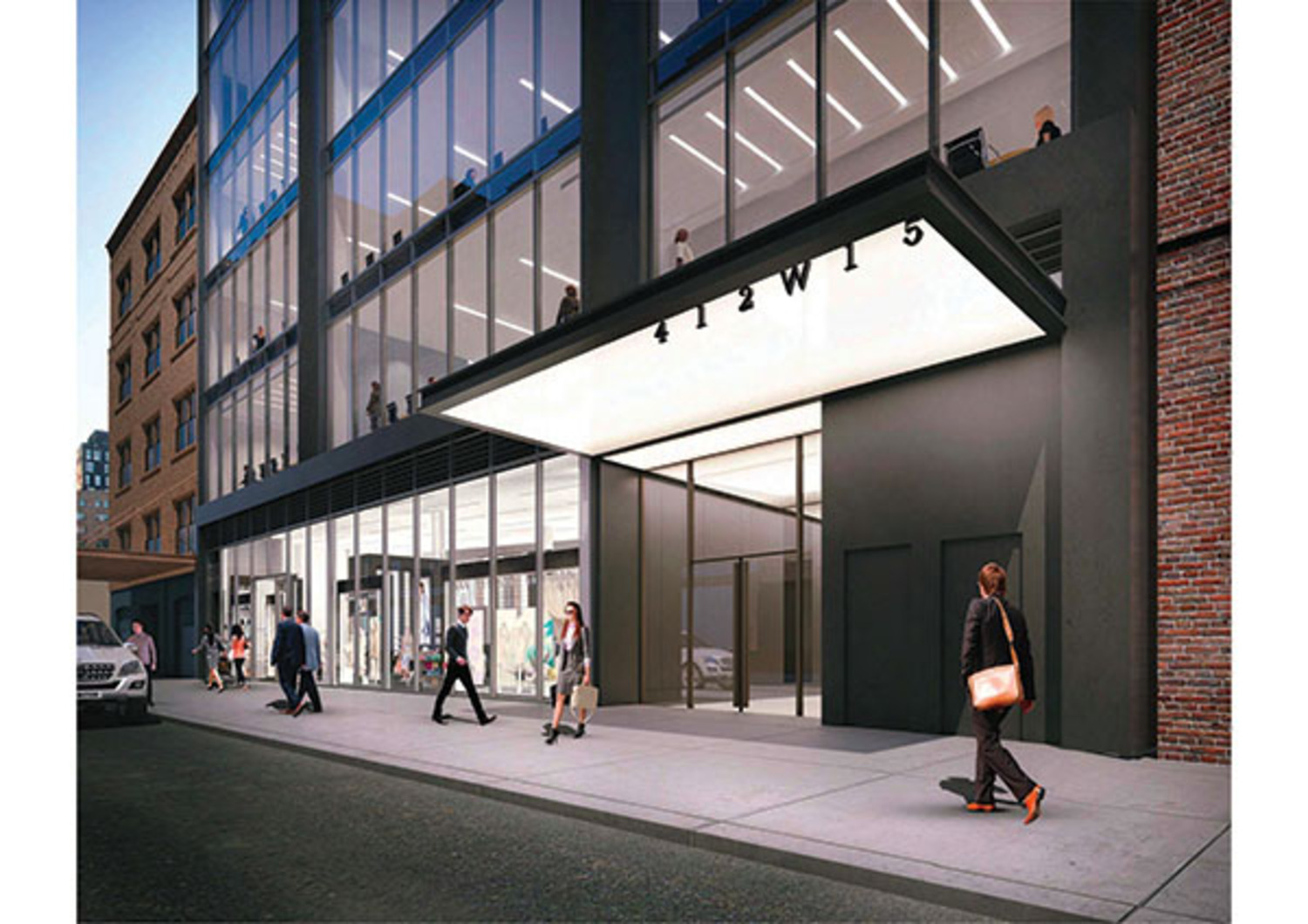
The Appeal Of LEDs
Across the board, the opportunities for sophisticated controls and the associated energy savings above and beyond that of LED luminaires alone increasingly are catching the attention of building owners and tenants.
“With the high visibility of the Internet of Things, both building owners and tenants are increasingly interested in lighting-control solutions,” Jones commented. “The traditional benefit for the building owner—increased efficiency and lower energy costs—is still as relevant as ever, with some facilities saving over 90%. However, IoT installations have demonstrated that digital sensors within lighting fixtures can bring additional benefits for both owners and occupants, including asset tracking, micropersonalization, HVAC control, space planning, all of which ultimately enhance comfort and make workflow more efficient,” she said.
Indeed, some employers are looking beyond energy and cost savings. “Today’s employees demand a lot from their workplace and expect to be comfortable in terms of lighting and temperature. Businesses also benefit from this trend since there is considerable evidence that a comfortable employee is more productive,” said Derek Proudian, chairman and CEO of Daintree Networks, Los Altos, CA.
“Lighting should be appropriate for the task and the individual but the reality is that office spaces are often overlit,” he continued. “For this reason, we are seeing an increase in occupants requesting control of their lighting as well as thermostats for their work environment. On the lighting front, different jobs require different levels of light. For instance, software-code writers may like lower office light levels while an accountant may need a higher lighting level. The same goes for thermostats. Studies show that occupants who can control lighting and temperature levels in their work environment deliver increased productivity. For tenants, the result is happy and productive employees as well as significant monthly energy cost savings. For building owners, there is the opportunity to charge higher rental rates because the environment is more pleasant,” Proudian explained.
In the past, the focus hasn’t been on occupants when it came to lighting and controls solutions, but that’s changing. “They just wanted the lights to work when they needed it and to have the ability to adjust lighting to their preferences. Moreover, because many commercial-building occupants do not pay the electricity bill for the building they work in, the focus on the occupant has not been historically top of mind for lighting-controls providers, utilities, and energy-efficiency standards organizations, said Smillie.
“Times are changing,” he added, “where the focus on the occupant is now a priority for everyone in the lighting industry.”
“With new technologies and capabilities like color tuning and IoT, occupants will be more informed and involved in lighting. Human-centric lighting is an area that has gained traction. Companies are now looking at what might be done to increase the benefits, e.g., productivity or mood, in applications such as healthcare, education, retail, and hospitality, based on the ability to change the color temperature of the fixture,” Smillie said.
“Energy savings is why they become initially interested, but improving the ambiance and operational performance of the facility are the real drivers behind implementation,” agreed Matt Sallee, director, business development and strategic marketing, Terralux, Longmont, CO.
“There are very few technologies that can offer the same kind of energy saving without any kind of sacrifice,” Cree’s Gary Trott said. “Typically, when you’re saving energy, you have to compromise; you have to give something up, but with well-designed lighting and controls you don’t have to do that.”
“The level of engagement and adoption for lighting intelligence has been relatively low over time because the typical lighting-control system was complicated. It was difficult to design, install, and use. Our goal is to make it intuitively simple because the most effective technology is the one that gets installed and used,” he said.
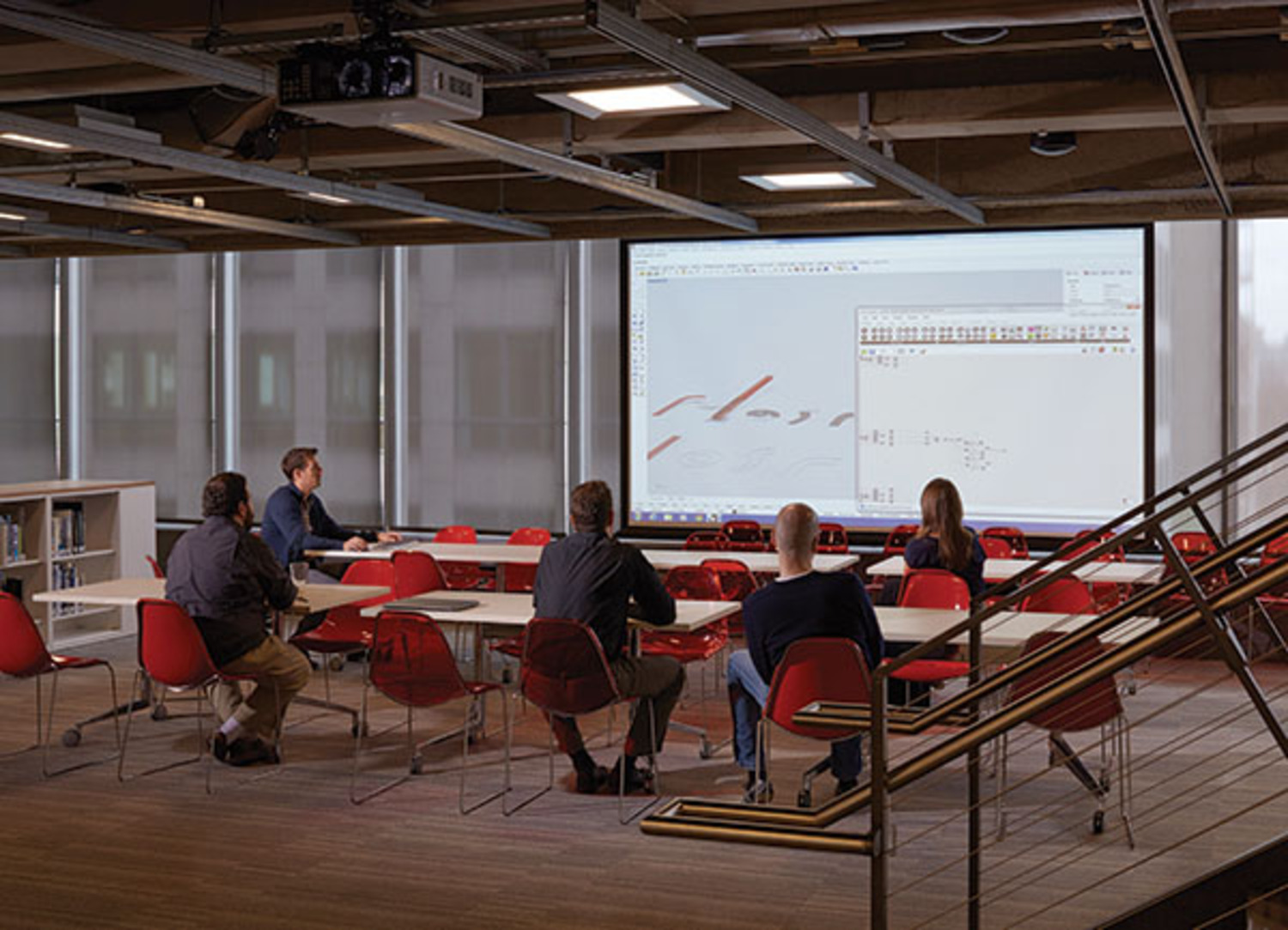
Great Expectations
“The people who are entering our workforce now have only known a life where they have been hyper-connected. They’ve been online and have had smartphones the whole time, so the expectation of this entire generation of workers is completely different than, say, mine or yours. They’re looking for a workplace that is more mobile and adaptive, that allows them to be not just stuck in cubicles but to have open collaboration spaces, and really have the kind of functionality in buildings where they work that is more like they experienced with the technology they’ve had all their lives,” Trott said.
“What’s happening now with lighting intelligence is that if you think about lights, lights are everywhere. They are universally spaced throughout a building, they have power, and they are a mechanical platform for sensors. Now with intelligent lighting, they are being connected. Lighting is the enabler of the Internet of Things for buildings,” he said.
“What Internet of Things means is that different devices can learn about a space and work together to create better experiences for the people that are in them,” Trott said.
“It used to be that building intelligence was tied to the building HVAC system, but I think we’re going to see that change to where it’s quite possible that lighting could end up being the driving force of intelligence in the building — just because it is in every space, in every room, and uniformly spaced,” Trott added.
The market is becoming more aware of what control systems can do for them, explained Kaynam Hedayat, vice president of product management and marketing, Digital Lumens, Boston. Occupancy sensors can do more than turn lights on and off. With sensors you can gain a lot of insight into what’s happening in your space—when the space used, when it’s not used, how often it’s used, how busy it is, and, based on that, you can do a lot of planning in terms of space management,” Hedayat said “We can tie into your HVAC system to maximize energy savings, and we can tie into security and fire-safety systems as well. I would say the market requires controls. It’s no longer a nice-to-have feature.”
“LEDs are quickly becoming a default light source on many projects, due largely to their energy-saving properties and expanding options for performance, color tuning, and building integration. As customers get more familiar with the benefits LEDs offer, they also have higher expectations for light quality and performance, and a strong desire to recreate the kind of dimming performance traditionally available with incandescent lights,” said Lutron’s Eric Lind.
Compliance
There are two aspects to lighting control today. One has to do with regulation and the other with customer needs, specifically energy savings. “On the regulatory side, there is more and more regulation coming for controls, either from municipalities, state governments, or from consortiums that are supported by utilities. For example, the DesignLights Consortium, Lexington, MA, is supported by utilities and provides guidelines to lighting manufacturers. Last year, they introduced a control standard that people don’t have to follow, but those who follow it can be eligible for utility rebates,” said Hedayat.
Lighting retrofits are often associated with code-compliance and energy-savings initiatives, both of which are critically important to a company’s bottom line, but they can also play a major role in creating a more pleasant, comfortable work environment. Smart lighting-control systems support these goals by doing double duty, helping to meet and exceed building codes while contributing to one of the most important aspect of commercial buildings—satisfied, productive building occupants. Building owners are becoming aware of the important role total light-management control systems play in creating sustainable, high-value buildings,” Lutron’s Lind said.
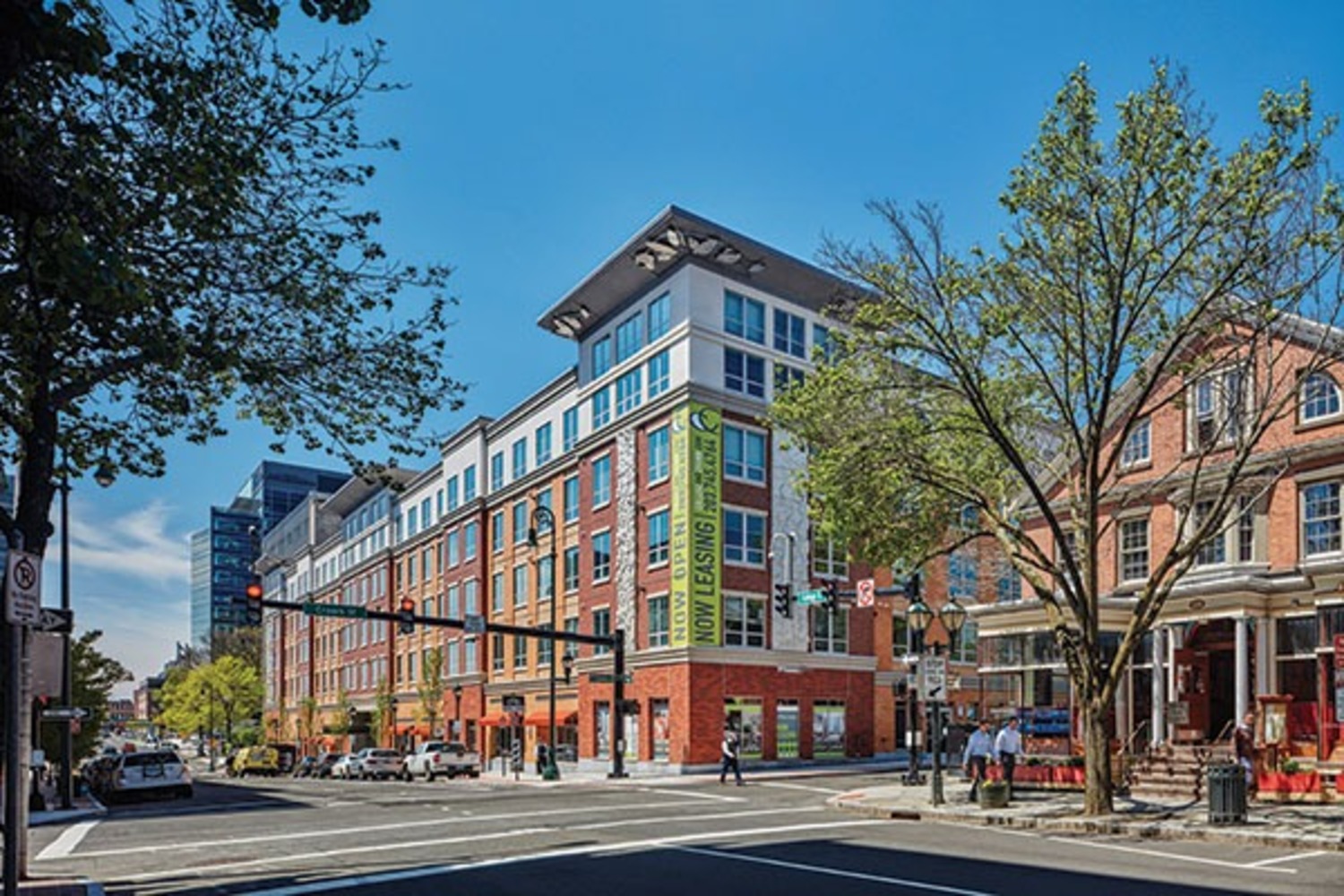
LEDs Made It Possible
While a degree of control was possible with conventional lighting, LEDs have made today’s control innovations possible, opening the door for future applications as well.
Controls are not new, Hedayat commented. In fact, they’ve developed in tandem with LEDs. “LEDs and controls go hand in hand,” he said. “We have never manufactured a luminaire without controls. LEDs have accelerated controls into the market, because LEDs represent the transformation in the lighting world from analog to digital.”
“With the adoption of LEDs, lighting has become digital,” Daintree’s Proudian said. “This means lighting is now a network on which to attach digital devices and sensors that can be controlled. These provide data/information that can be used to unlock other value-added applications and services. The wireless lighting network is now a platform to more easily extract lots more data out of a building that can be used for many different applications,” he said.
“LED is extremely malleable and used as a replacement for existing lighting and in new form factors, which opens up new doors in lighting design. Concerns with past light sources, like fluorescent fixtures, centered around life span. You reduced the life of the lamp the more you switched it on and off. That’s not the case with LEDs,” said Legrand’s Smillie.
“In addition,” he said, “LEDs have significantly increased the lighting-power efficiency of fixtures so there’s less of a worry that you are providing enough light in a space with new stringent energy-efficiency requirements by energy codes. LEDs can also be dimmed easily and provide better controllability, color rendering capability, and higher lumen outputs. The benefits include little to no startup delay, issues with flickering, and reduction of lamp life.”
“Control - and automation-technology has grown tremendously with the explosion of LEDs, largely enabled by wireless technologies and the software industry,” Carol Jones of Enlighted agreed. “This combination allows users to make their buildings truly intelligent, by geo-locating sensored lighting fixtures in relationship to the floor plan. Virtual control and data collection becomes possible using browsers and mobile apps and the applications can be extended beyond building systems into mission and business-oriented value propositions.”
Another reason LEDs are gaining acceptance is that they are easily dimmable from full light to minimal light at a reasonable cost, and they have instant restrike without any waiting time or warmup time, according to Forest’s Jian Ni. “LEDs do not have the issues of requiring expensive fluorescent or HID dimming ballasts, limited operating temperature ranges, or limited dimming ranges that are found in legacy light sources,” he said.
“LEDs are quickly becoming a default light source on many projects, due largely to their energy-saving properties and expanding options for performance, color tuning, and building integration. As customers get more familiar with the benefits LEDs offer, they also have higher expectations for light quality and performance, and a strong desire to recreate the kind of dimming performance traditionally available with incandescent lights,” said Lutron’s Lind.
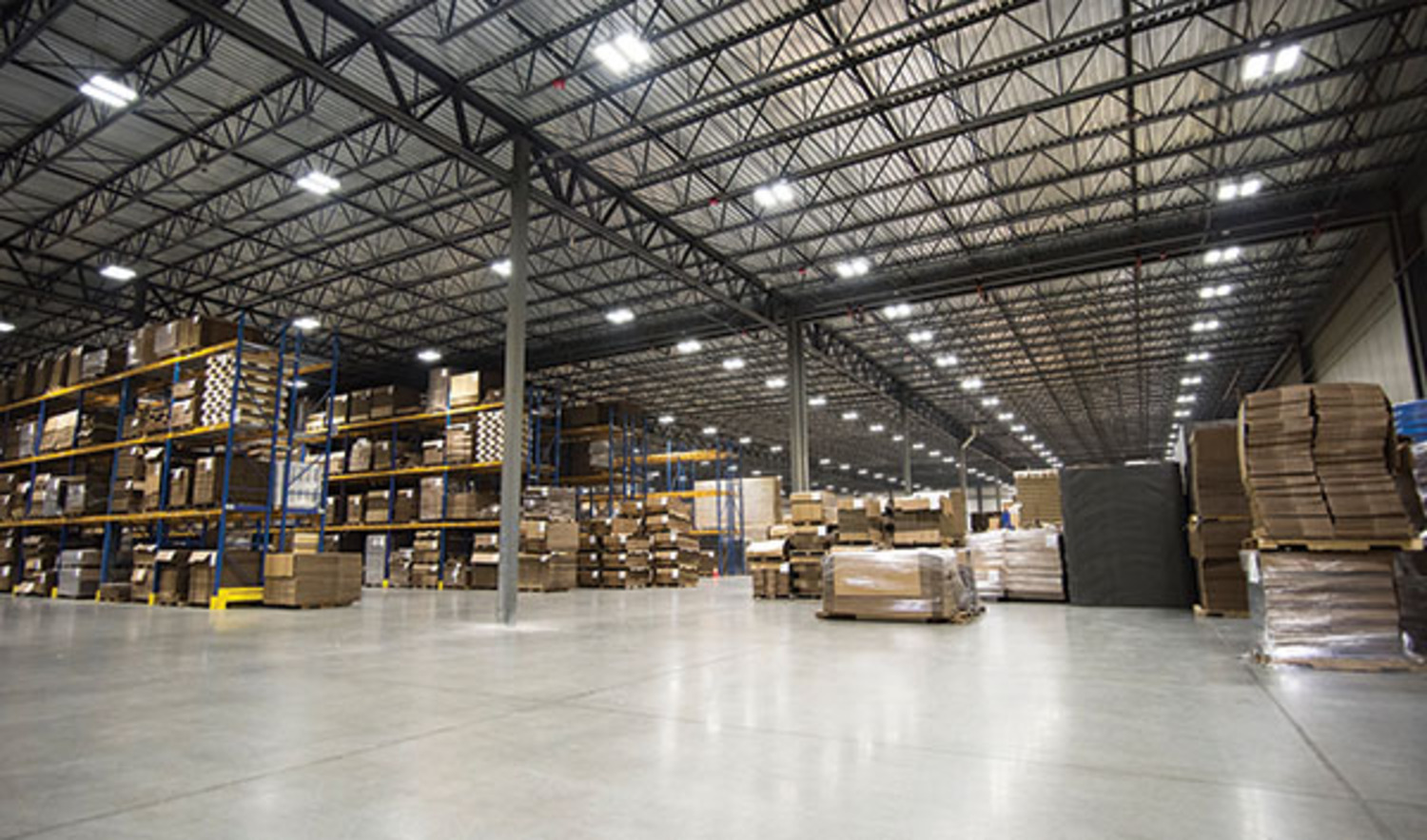
Standards
Most control and automation systems today rely on proprietary technology, but APIs (application program interface) allow some of them to communicate with each other and with existing HVAC-control automation systems. Industry-wide standards are something that will take some time to establish.
Carol Jones of Enlighted observed, “In a highly disrupted industry with an explosion of innovation, the most important criteria are interoperability and upgradability. There will be multiple standards across different types of hardware and software technologies. The early prevalence of a particular type of standard or protocol is not a predictor of what will ultimately become most common, and it’s certain that there will be parallel paths and an ongoing evolution. As the building industry evolves toward the IoT, it becomes increasingly important to have multi-disciplinary collaboration. The buildings, energy, and real estate industries should be working closely with the software industry to ensure the best outcomes for owners and occupants.”
“Daintree Networks champions the use of open standards-based protocols to enable the adoption of control technologies for commercial buildings,” Derek Proudian said. “An open standard is critical to enabling the Enterprise Internet of Things. Today, the ZigBee protocol is the most prevalent open wireless standard with over 1,500 connected devices, and this number continues to grow. However, other standards and industry bodies have emerged such as Thread, TCLA, and others, and we keep up with all of them to determine which technologies, if any, we should add to our roadmap. There are also stringent industry standards such as ASHRAE 90.1 and California’s Title 24 that require increasing use of controls and automation to create efficiencies and reduce CO2 emissions.”
“The flexibility provided by the use of open-standards-based platforms will increase the adoption rate of control technologies and is critical as part of the Enterprise Internet of Things. As this becomes more pervasive, you will see LED lighting and control technology adoption increase at the same rate as both are merged into one product and available on a common platform,” he added.
“One of the biggest challenges is how quickly new technologies and capabilities are creating more complexity in lighting controls and automation. In some of these emerging capabilities, like color tuning, there are no dominant codes or sequences of operations for applications yet. This is also the case with incorporating lighting into IoT and data-rich systems. The compatibility concern is around wireless connectivity in the commercial environment. There are many different standards that have been adopted but no dominant players. There is a lack of commonly agreed-upon standards and protocols on interoperability (how devices communicate with each other) and security,” said Legrand’s Smillie.
“Standards bodies and consortiums of big technology companies like Intel and Google are working very hard to create common languages so over time a light from manufacturer A will be able to communicate directly with one from manufacturer B and be controlled by the same software application,” Trott said.
“One emerging standard that will support the useful inclusion of LEDs in control and automation systems is the ANSI C137.1 American National Standard For Lighting Systems - 0-10V Dimming Interface for LED Drivers, Fluorescent Ballasts, and Controls. This standard will allow the inclusion of a standardized 0 - to 10-V dimming protocol in LED dimming systems,” observed Jian Ni of Forest Lighting.
Control standards probably will remain proprietary for the near future because, in a typical deployment, the luminaires and controls form a homogenous system. An open standard isn’t necessary, Hedayat commented.
However, an open API for integrating in the building-management and warehouse-management systems is important, he added. For example, “we have APIs that talk to BacNet. I think that is going to continue to exist and will be a requirement for every control system,” he said.
Today’s lighting technology, beginning with LEDs and developing in parallel with digital controls, can truly be said to be disruptive. As startling as developments have been, they’re no doubt only the beginning of the possibilities of the Internet of Things.

George Evans
Author
George Anderson, an exceptional architectural designer, envisions and brings to life structures that transcend the realm of imagination. With an unwavering passion for design and an innate eye for detail, George seamlessly blends form and function, creating immersive spaces that inspire awe.
Driven by a deep appreciation for the interplay of space, light, and materials, George's innovative approach redefines the possibilities of architectural design. His visionary compositions leave an indelible mark, evoking a sense of wonder and transforming the built environment.
George Anderson's transformative designs and unwavering dedication continue to shape the architectural landscape, pushing the boundaries of what is possible and inspiring generations to come.
Latest Articles
Popular Articles